Finger Lakes breezes impart a breath of moisture to the vines at Keuka Lake Vineyards; photo courtesy Keuka Lake Vineyards.
by Nancy Koziol
Read Part I of this series here. After the final striking of the three-chord theme of the first movement of Rachmaninoff’s Prelude in C♯ Minor, the slow, steady repeat ends. Suddenly, the piano bursts into a frenetic series of four triplets that fleshes out a simple, but pretty melody. Despite the huge change from the foundational first movement, it’s still the perfect analogy for the Finger Lakes wine region.
But We’ve Always Done it This Way
Visit any town in America that’s floundering and you’ll hear it: the camp that wants to try something new answered by the guard that says they’ve “never done that.” The backdrop is always the same: a Main Street with empty storefronts and shopkeepers looking anxious. While every town, state and region have their struggles, something wine culture has done for the Finger Lakes is help turn things around. It’s a lesson many other places around the country should take the time to learn.
Decades in Decline Turned Around through Adaptation & Collaboration
The Finger Lakes experienced a decline in manufacturing jobs and income from 2000-17. But rather than wring its collective hands and do nothing, the region has adapted by developing world class wines and using this as the backbone of vigorous and effective tourism marketing. As Mel Goldman of Keuka Lake Vineyards says, the beauty of the area is a draw. There’s hiking, biking, swimming and boating—making it the perfect destination.
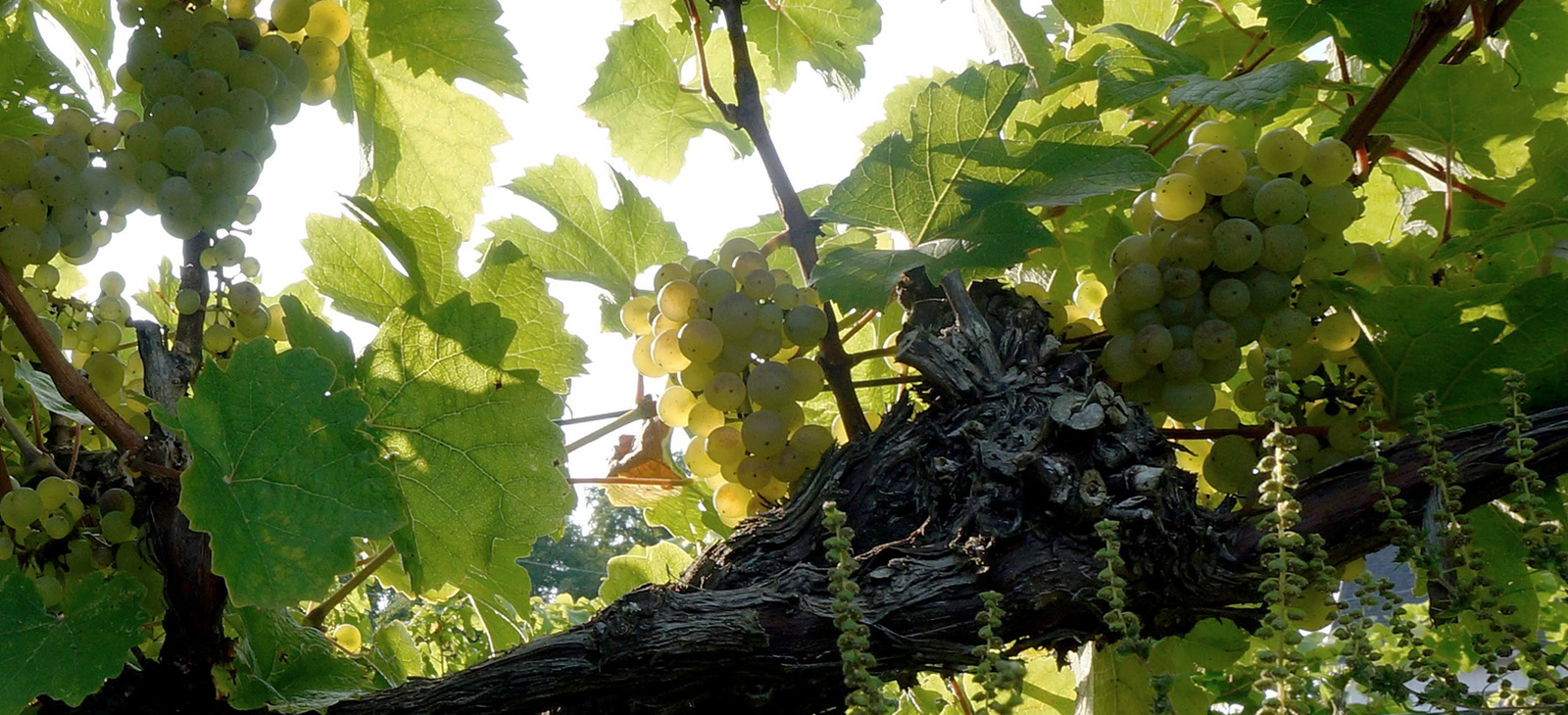
While historically a destination for sweet wines, area winemakers have developed a better understanding of their climate and terroir, as evidenced by the debut of Riesling. The cool climate is perfect for Riesling and other cold-hardy vinifera and the Finger Lakes are often considered the best examples of these wines in the New World. It doesn’t hurt that the Times’ Azimov has been a fan since 2011, as Matteo Calla, host of the tasting room at Atwater Vineyards told me.
But larger than this adaptation is something else Calla mentioned as he and I tasted with winemaker George Nosis. It’s “the most collaborative form of capitalism I’ve ever seen. People are in it together, promoting the region.” At first this idea of collaborative capitalism seems discordant, capitalism and collaboration—at least on the surface—are generally at odds. Except if you want change.
Collaborative Capitalism in the Finger Lakes
Every discussion I had during my stay included hints of this idea. The staff at the properties do not view themselves as competitors, but instead as members of a team promoting the region. Over a tasting followed by lunch, Knapp Wine winemaker Steve DiFrancesco pointed out that in the 80’s it was rough with kids leaving to go to college and not coming back for work after. In the mid-90s the wine trails were formed, creating a larger, wine-centric, attraction to the area and in the late 90s DiFrancesco credits a shift as restaurants started featuring local wines.
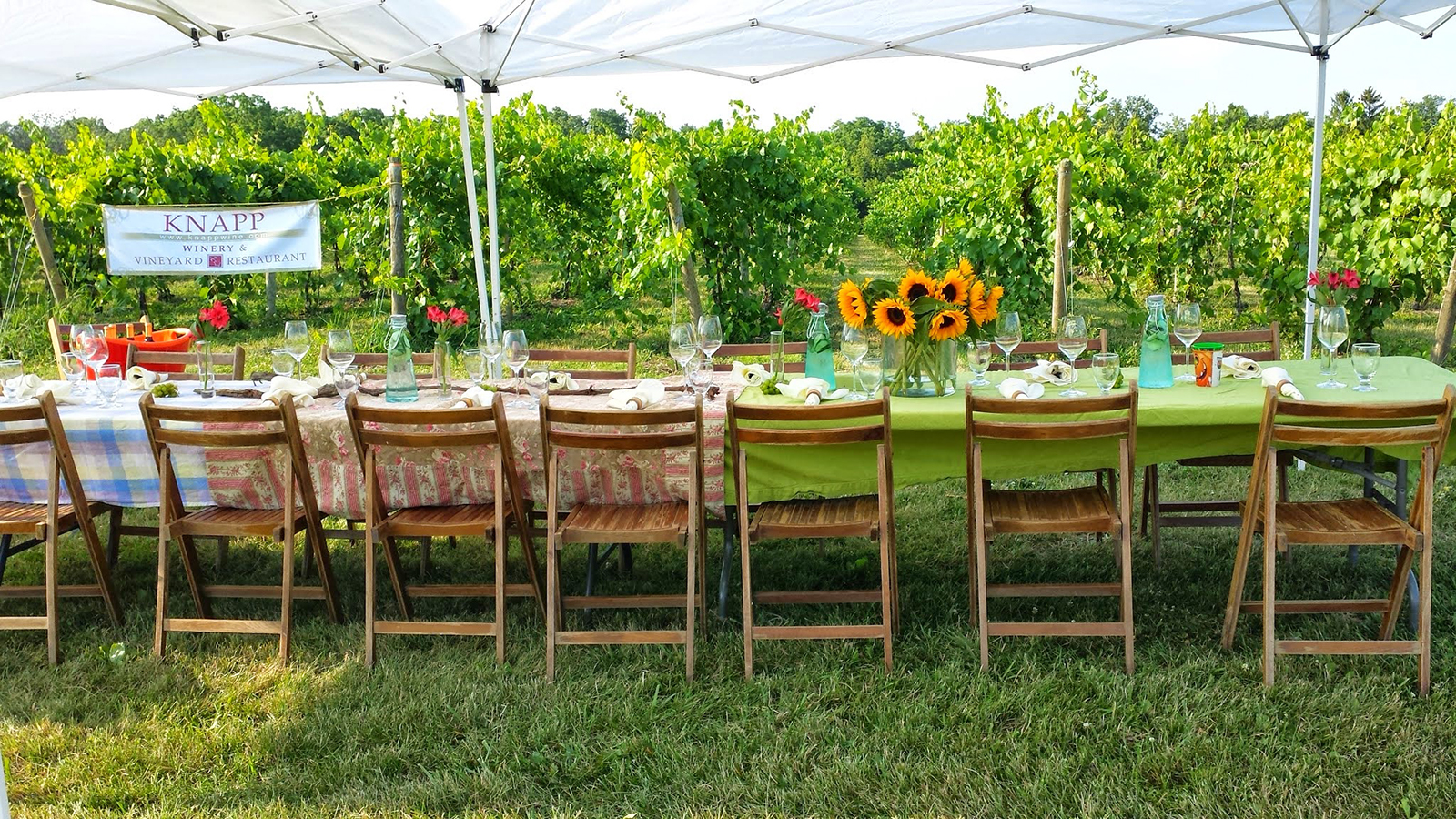
He also pointed out that many downtowns have invested in themselves making them attractive to businesses including restaurants that can feature the wines paired with dishes made from local ingredients. Carmela Barbagallo, Executive Director of the Finger Lakes Wine Alliance, also mentioned that there wasn’t a huge draw for kids to return after college. She applauds New York for investing in itself by doing more with grants and funding related to viti- and viniculture.
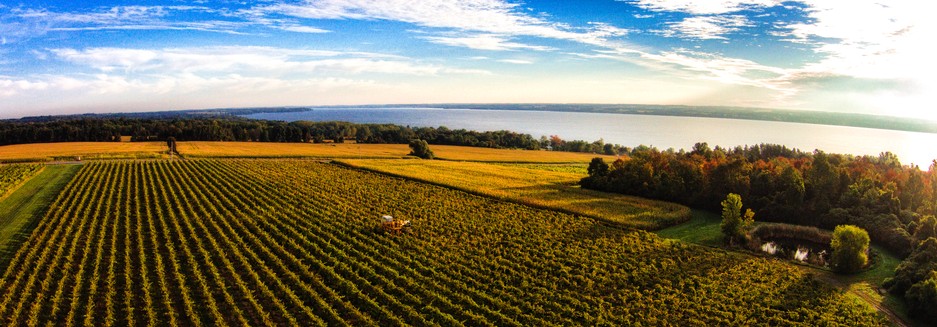
As Nosis and Calla pointed out, the collaboration is vital. They also look to relationships and the culture of the area as boons to success. Area schools have embraced programs in viticulture and viniculture and tourism from wine helps other agricultural areas. Additionally, the area has an innate aversion to corporatization and is supportive of small, local business. There is always help getting started which sets people up for success.
Over at Buttonwood Grove Winery, Dave Pittard, a fifth generation apple farmer who moved to grape growing and winemaking, has seen the huge economic changes of the last five years and how wine and related industries have created jobs. Buttonwood also has cabins on the property (I stayed in the delightful Riesling and cannot recommend it enough). Pittard said, “people coming from other areas love that the area is affordable.” He also spoke of the inherent warmth of the region—not in climate, but in the people. “Everyone here likes being here. There’s good communications between vineyards. We share equipment and staff. There is a common goal and we all believe in being parts of other things.”
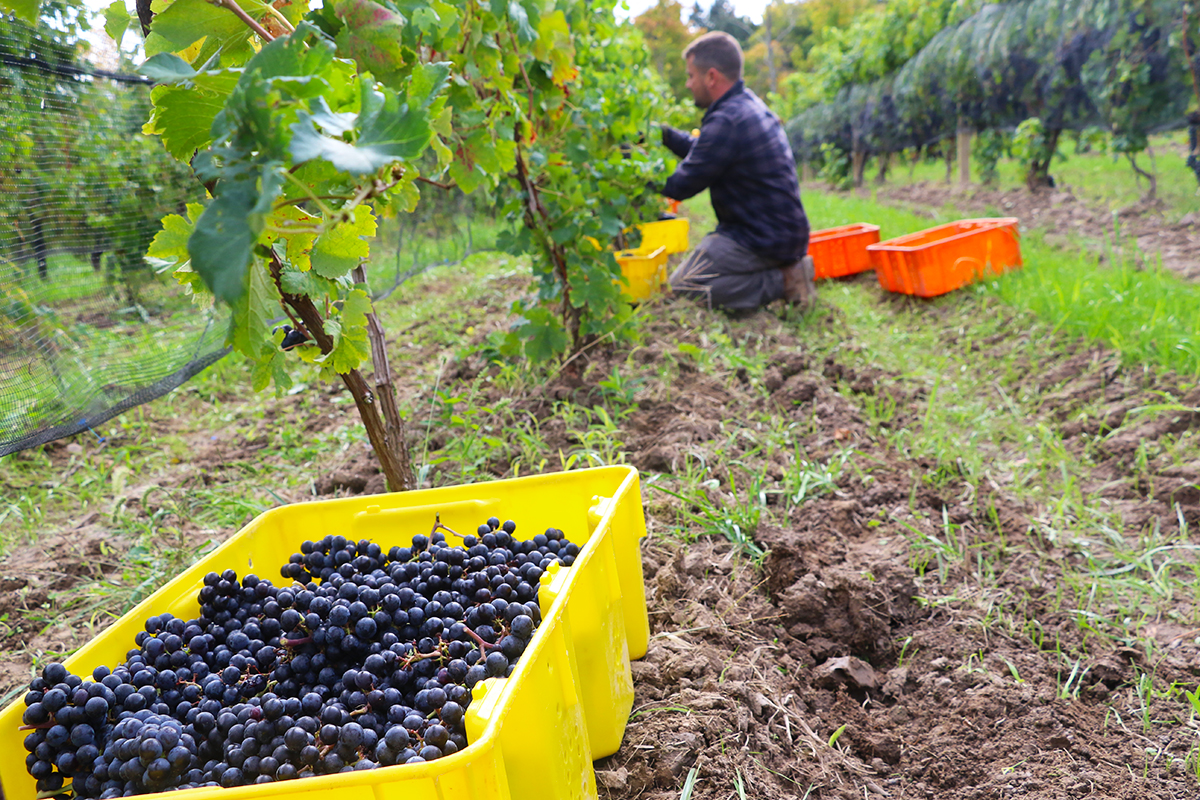
I experienced this throughout my trip: everytime I went to meet with a winemaker they asked about where else I was going, making suggestions about what to try and the places I had to squeeze in even if they weren’t on my itinerary. Had I tried what this winemaker was doing with Riesling? What about that sparkling Gewürtz? They were just coming back from looking at a piece of machinery that was acting up over at another vineyard.
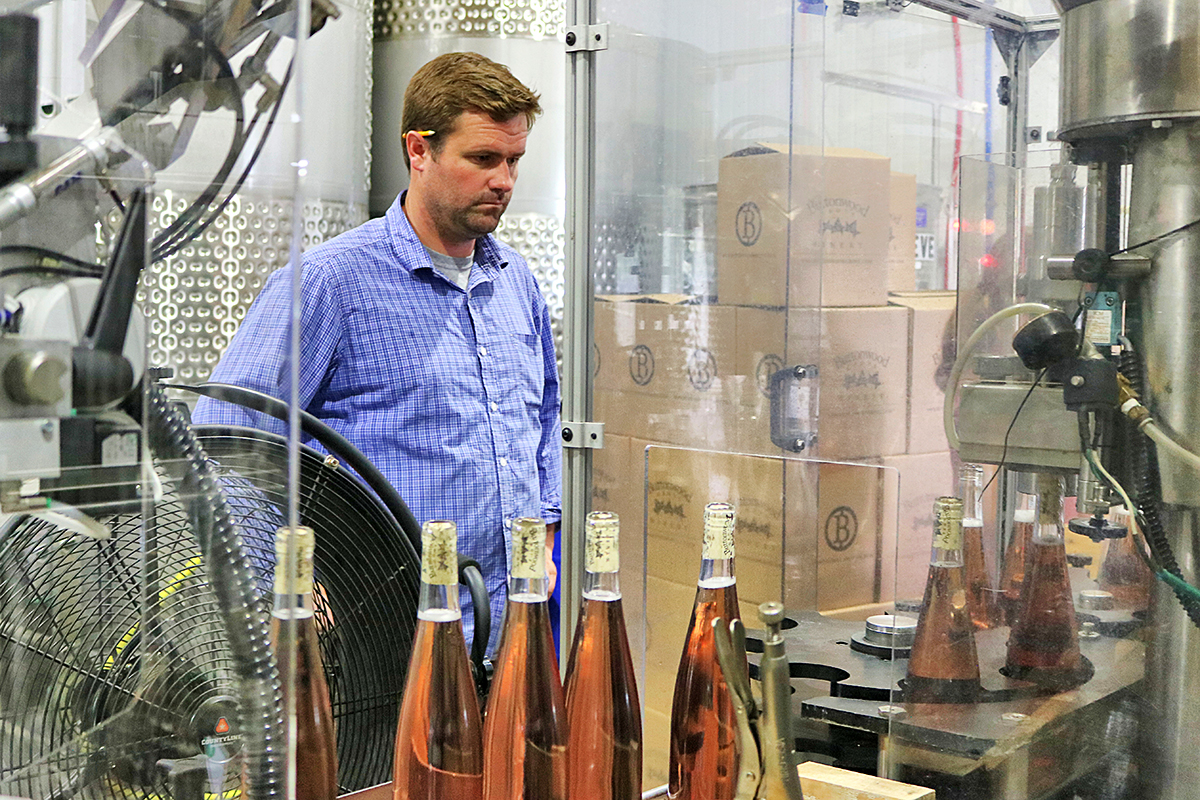
Finger Lakes Wine Alliance President Eric Frarey and his staff welcomed me warmly to Heron Hill Winery where he is managing partner. Heron Hill is part of the Keuka wine trail and embodies the collaborative spirit but also marketing savvy that is setting the Finger Lakes apart. Interacting with the staff here was much like visiting a friend’s home. Heron Hill was one of the few places where I met with several people at once and it was easy to watch the collaboration which is sewn into the fabric of the region. It’s not forced.

There’s no one-upping. Frarey and I chatted as Chelsea Guererri, who handles marketing, poured wine for me to taste. In walked winemaker Barry Tortolon and the conversation simply flowed. Everyone understands and respects each other’s roles but it’s the larger picture that matters: the grapes. The land. The wine. Frarey is especially proud of the kinship that has developed throughout the region and the connections between growers and winemakers. He’s also happy about a growing awareness of the region in majorly populated areas than lie within five hours of the Finger Lakes. I stopped back at Heron Hill for lunch after my formal tasting and Barry joined me. We talked about cycling and home ownership like old friends.

While marketing of wine and agrotourism is keeping the Finger Lakes growing, it’s important to point out that the wine truly is competing on the world stage. Since the 90s, Keuka Lake Vineyards’ Goldman says they’ve been laser-focused on quality, laying the foundation for everything else.
In the final part of this series I’ll break down the perfect itinerary for your trip to the Finger Lakes which I hope you’ll plan in 2020.
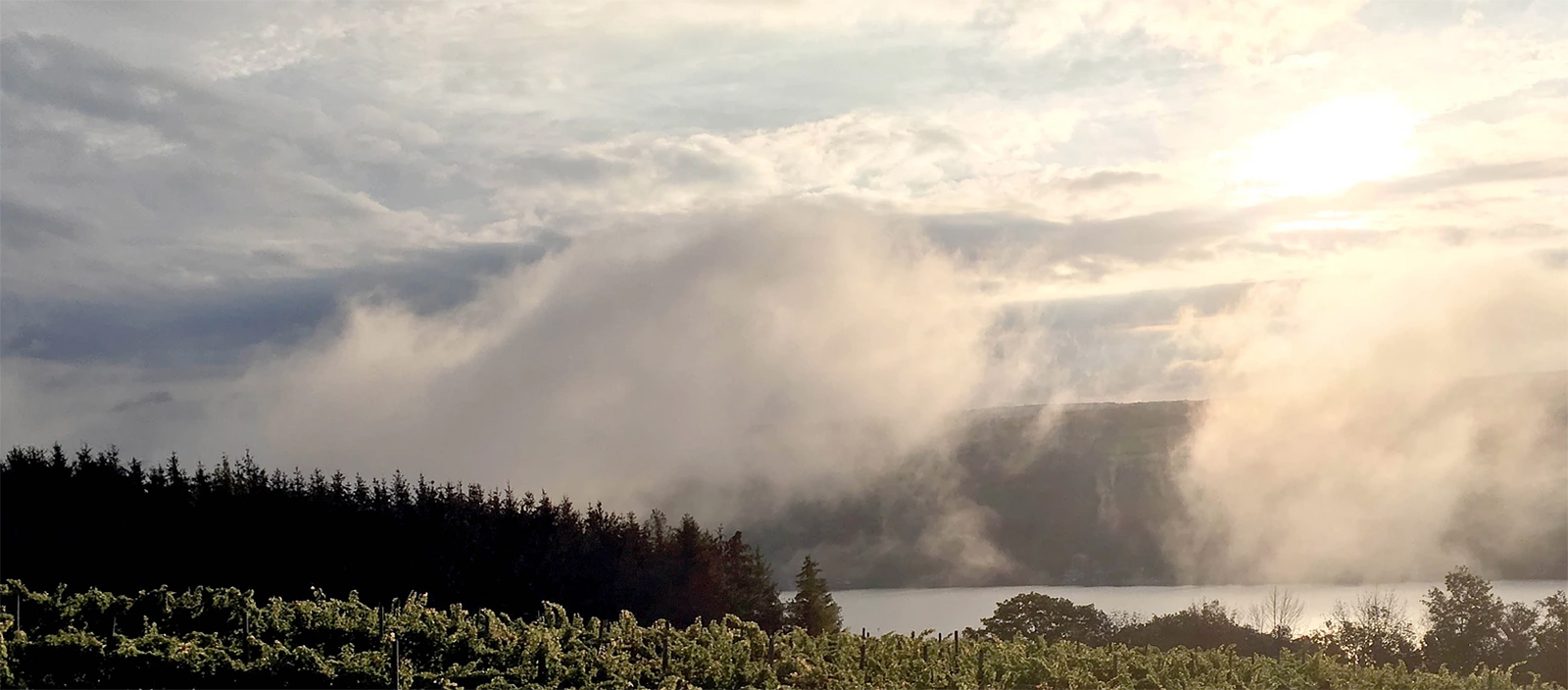
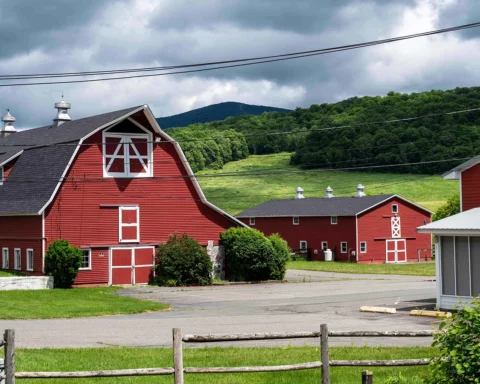
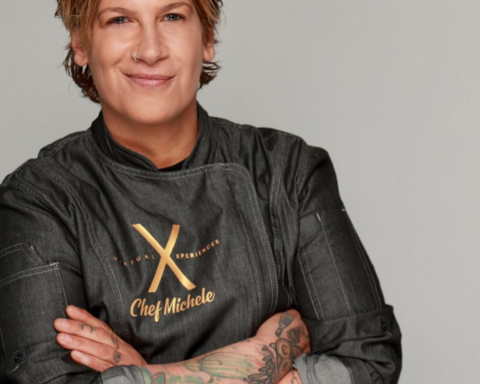
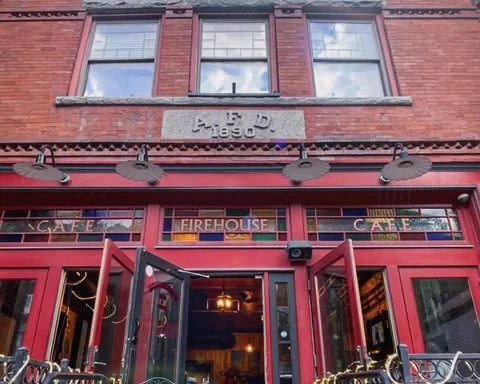
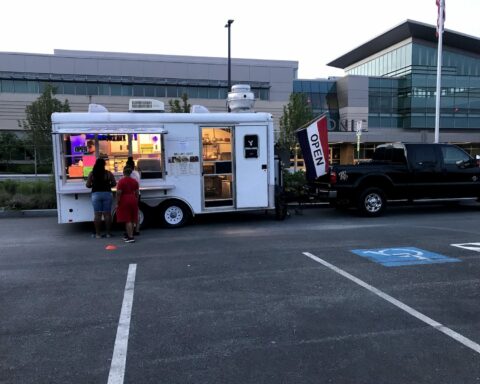
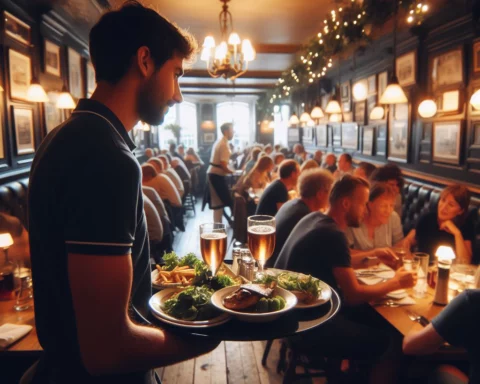









You must be logged in to post a comment.